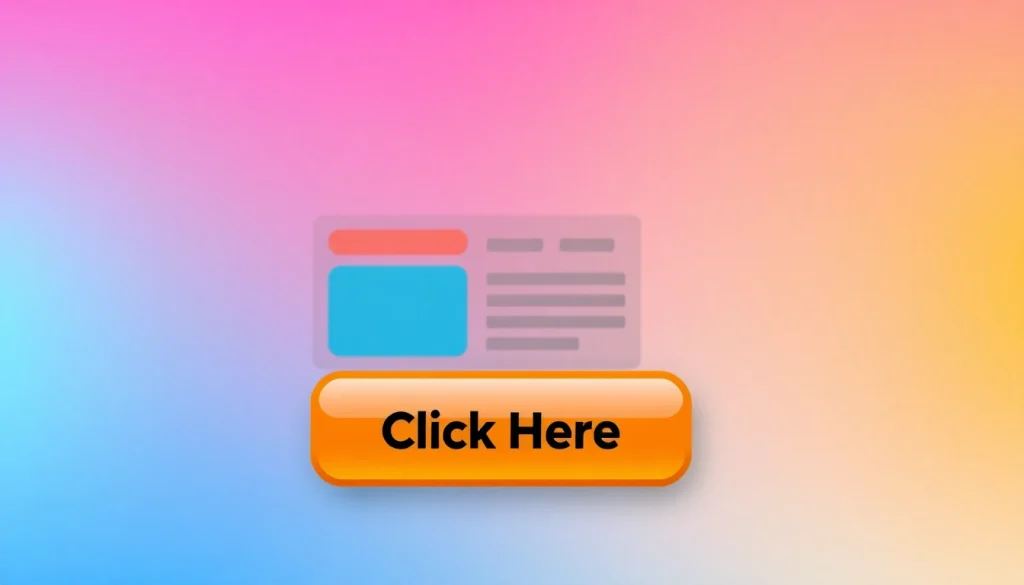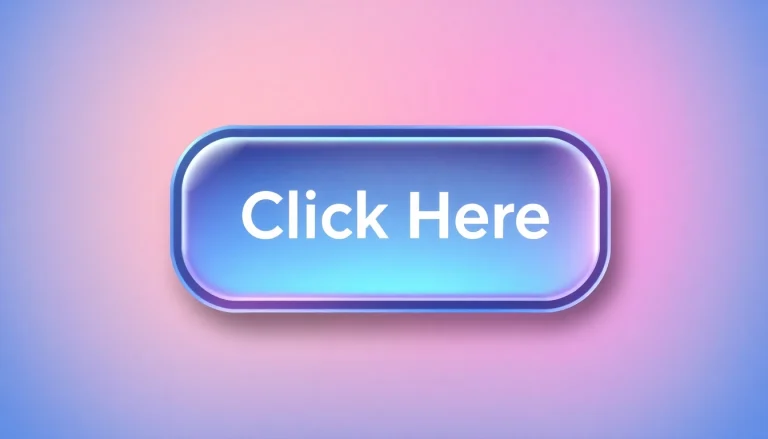
Understanding the Importance of Link Text
Link text is a crucial component of web usability and SEO. The words that display in a hyperlink can significantly affect a user’s experience and the website’s performance in search results. Choosing informative and contextually appropriate link text not only aids users but also helps search engines understand the relevance of a page. To explore further implications of link text, discover more by Click Here.
Why Descriptive Links Matter
Descriptive links significantly enhance the user experience. When users hover over a link, they anticipate a specific result or navigation to a page that aligns with their current task or interests. For instance, instead of using ‘click here’, providing explicit descriptions such as ‘Read our Annual Report’ gives solid expectation of the content to follow. This anticipation reduces confusion and potential frustration.
Impact on User Experience
When users can clearly see what to expect when they click a link, their trust and engagement levels with your site increase. Conversely, vague phrases like ‘click here’ can lead to disappointment and a bounce from the site if the linked content isn’t what they were searching for. A well-structured linking strategy maximizes user satisfaction and minimizes abandonment rates.
SEO Implications of Vague Language
Using non-informative link text can also negatively impact search engine optimization (SEO). Search engines value the link text because it provides context about the destination page. Phrases like ‘click here’ do not convey any meaning about the destination, which means search engines may struggle to categorize your content appropriately. Over time, this could lead to lower visibility on search engine results pages (SERPs) as the algorithm interprets the lack of meaningful text as irrelevant content.
Common Mistakes with ‘Click Here’
The Overuse of ‘Click Here’
One of the primary mistakes in web content is the overuse of ‘click here’ as a call to action. Such phrases can seem over-saturated and can diminish their effectiveness. Moreover, this redundancy can dilute crucial messaging aimed at conversions. Think about using varied, nuanced language to maintain user engagement while emphasizing the call to action without falling back on clichés.
Accessibility Considerations
Accessibility is an essential aspect of web design that is often overlooked. For individuals utilizing screen readers, the term ‘click here’ may not be identifiable, leading to confusion about the link’s purpose. Ensuring that your links are descriptive is not only good practice but also ensures inclusivity. When text is informative, it allows all users an equitable experience, regardless of their mode of navigation.
Examples of Poor Link Practices
Let’s consider examples of poor link practices using ‘click here’. A typical example could be in an email marketing campaign: “To learn more about our services, click here.” This not only provides a terrible user experience but also underperforms in terms of engagement metrics. Instead, a phrase like “Learn about our unique consulting services” serves to reinforce the link purpose and improve click-through rates.
Alternatives to ‘Click Here’
Action-Oriented Language
Action-oriented language evokes a clear response and guides users toward desired actions effectively. Utilizing phrases like “start your free trial”, “download our latest ebook,” or “subscribe for updates” provides immediate context that guides user decision-making. This approach transforms link text into actionable steps, which can directly enhance engagement and conversion metrics.
Contextual Link Text for Better Clarity
When constructing link texts, incorporating specific context is vital. For example, if the link directs the user to a registration form, link text like “Register for the Upcoming Webinar” gives clear insights about the action they are about to take. This contextual clarity enhances user trust and reduces confusion.
Boosting Engagement with Descriptive Calls to Action
Effective calls to action should not merely inform but also motivate users. Phrases should evoke a sense of urgency or value such as, “Claim Your Discount Today” or “Join Thousands of Happy Customers”. Such dynamic language compels the audience to take immediate action, thus improving user interaction with the content.
Best Practices for Effective Link Text
Testing and Analyzing User Behavior
Regular analysis of link performance is integral to understanding user behavior. Utilizing A/B testing can provide insights into which kinds of link texts resonate more with your audience. Testing variations of different phrases alongside user interactions will help identify which perform the best, resulting in data-informed decisions for future content strategies.
Incorporating Keywords Naturally
SEO is also enhanced by incorporating strategic keywords within link texts. Myriad studies show that keyword-rich anchor text tends to perform better over generic references. For example, instead of saying “click here”, anchor text such as “Best SEO Practices for E-commerce” positions you better in search engine rankings while also delivering specific value to the user.
Staying Updated with Web Standards
The digital landscape is continuously evolving, and so are web standards. Staying informed on current web practices is crucial in ensuring links are accessible, relevant, and optimized for search engines. Subscribing to industry newsletters or following web design advocacy groups helps maintain knowledge regarding best link practices and the introduction of new guidelines.
Conclusion and Future Trends
Industry Shifts Away from ‘Click Here’
An observable trend within the digital space is the gradual shift away from phrases like ‘click here’. As awareness around accessibility and user experience increases, site owners are recognizing the significance of adopting a user-centric design approach. Realizing the demand for transparency, many businesses now opt for informative, straightforward link texts that bolster their authoritative voice.
The Evolution of Link Text
As the web continues to evolve, so does the language used for links. Future trends indicate that link text will increasingly prioritize clarity and intent over generic commands. This evolution signifies an overarching commitment to enhancing user engagement, trust, and retention in a competitive online environment.
Final Thoughts on User-Centric Design
Ultimately, link text is more than just a navigational element; it is a bridge connecting users to valuable content. By shifting away from generic phrases like ‘click here’ and adopting descriptive, informative link texts, websites can vastly improve both user experience and SEO performance. A keen understanding of effective linking practices not only facilitates smoother navigation but also reflects a broader commitment to digital inclusivity, user-centered design, and organizational transparency.






